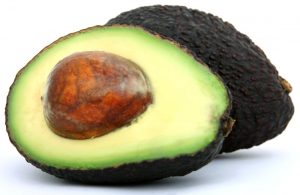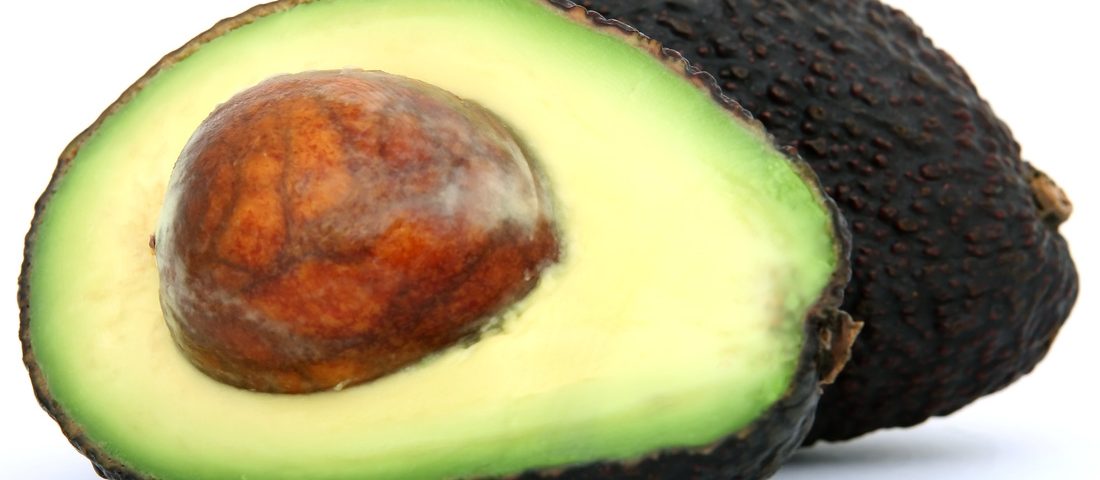- Have any questions?
- +34 951 273 575
- info@diningsecretsofandalucia.com

A shooting star in Cordoba: Andalucia’s first female Michelin star chef
1 April, 2017
‘Chocolate-coloured’ tomatoes coming to Spain
3 April, 2017INTRODUCED to Europe by Spanish conquistadors, the avocado took another 500 years to turn up in our salad bowls. Elsa Maishman digs into its exotic origins. 
THE world can’t get enough of the vitamin-packed avocado, a product so profitable that growers have nicknamed it ‘green gold’.
And, half a century after they first arrived on supermarket shelves, there’s still something exotic about a fruit with the texture of ice cream that resembles the dragons’ eggs hatched by Daenerys in Game of Thrones. Avocados are also known as alligator pears due to the dark green knobbly skin of some varieties.
Originating from the jungles of Mexico, still the largest global producer, Spain is Europe’s number one avocado exporter, shifting 70,000 tonnes a year during the November to June season.
A key industry along the Costa Tropical, from Malaga to Granada, some 90 per cent are harvested from the orchards of Andalucia and the ‘plastic field’ greenhouses of Axarquia. That productivity could be threatened this year if Mexican growers flood the European market to dodge Donald Trump’s new taxes on goods from south of the border.
The first archaeological evidence of avocado consumption dates back 10,000 years, although Mesoamerican tribes like the Inca, Olmec and Maya didn’t begin cultivating them until 5,000 years later.
Evolutionary biologists believe they may even have coevolved with Pleistocene megafauna, giant land mammals that roamed the earth during the post-dinosaur era. No other native living animal is large enough to effectively disperse the avocado’s single, large seed.
The first Europeans to sample this Mesoamerican delicacy were Spanish explorers in the 16th century. The first written record of this is a mention in a book written by Martin Fernandez Enciso in 1519. These Spaniards eventually brought the fruit back to Europe, and began to sell it to other countries.
But astonishingly, there was a gap of another 400 years before the first commercial avocado plantation was created in Spain by Roger Magdal and Luis Sarasola in 1955.
From then on, the versatile fruit’s popularity has rocketed as its manifold health benefits became known, while during the Seventies avocado was the must-have shade for bathroom suites.
One avocado packs four grams of protein, more than any other fruit, as well as 20 different vitamins and minerals and twice the potassium of a banana. It is virtually the only fruit which contains cholesterol-lowering monounsaturated fat. And it is a prime source of lutein, which keeps eyesight healthy and prevents dandruff.
And this versatile multivitamin capsule is no longer just a salad ingredient. Used in all kinds of recipes, from smoothies to milkshakes, in some countries avocados are known as ‘butter fruit’, with good reason – you can use the flesh as a healthy butter substitute in biscuit and cake recipes-
Or smear it all over you for added health benefits! The antioxidants, amino acids and essential oils inside an avocado can repair damaged hair, moisturise dry skin and treat sunburn.
This fresh and feisty fruit has even evolved into fast food. Avocado toast is a popular new addition to the menu at McDonalds!
Here at the OP, we love our avocados in a zesty guacamole dip, perfect for the warm days ahead.
Easy-peasy guacamole recipe
Ingredients:
1 large, ripe tomato
3 ripe avocados
1 large lime
Handful of coriander
1 small red onion
1 chilli, red or green
Method
Chop the tomato, onion and chilli into small pieces and tip into a bowl.
Halve and stone the avocados, and scoop the flesh into the bowl.
Juice the lime, and add that in too.
Use a whisk to mash everything together.
Put the guacamole in a serving bowl, and chop the coriander to scatter on top.
Enjoy!




